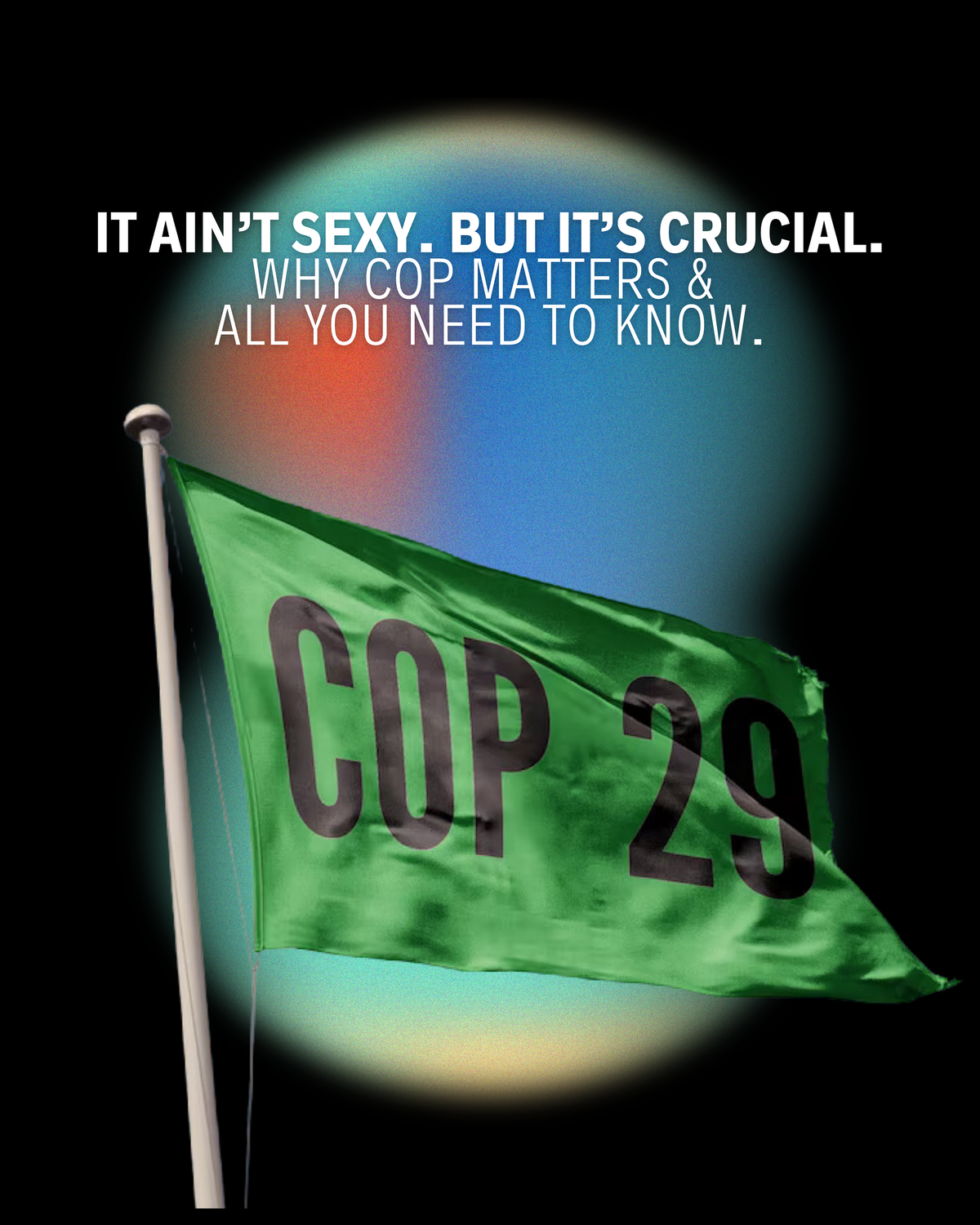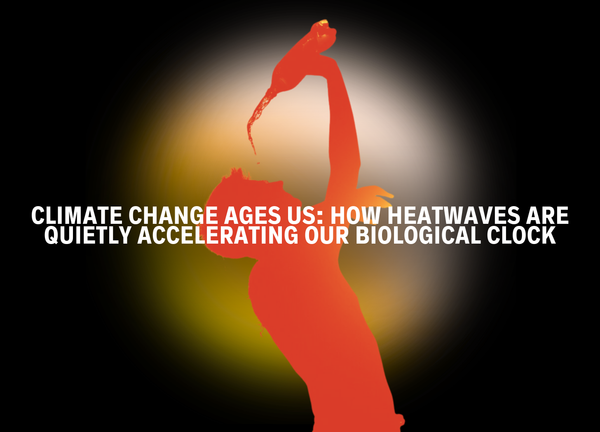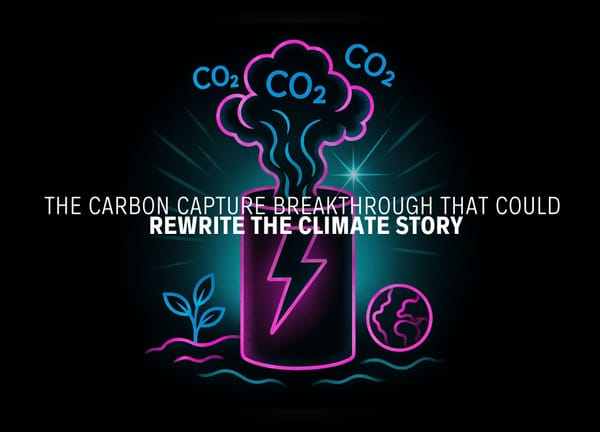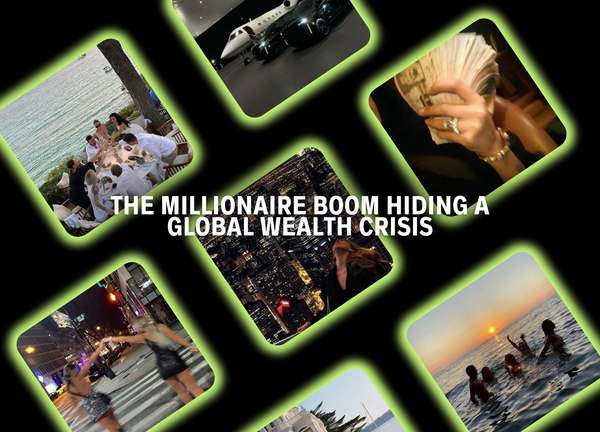COP29 isn’t sexy. But it’s crucial.
Let’s be real — climate conferences don’t exactly get hearts racing, and COP 29 might seem like another gathering with jargon-heavy panels…

Let’s be real — climate conferences don’t exactly get hearts racing, and COP 29 might seem like another gathering with jargon-heavy panels and government reps in gray suits. But what if I told you this event is actually one of the most crucial happenings for the future of our planet? COP 29 isn’t flashy, but its impact could be colossal, determining the trajectory of global climate action for the coming years. Here’s a deep dive into why it matters and what you should watch for.
The Backstory: Why COP Exists
The Conference of the Parties, or COP, was born in 1995 as part of the United Nations Framework Convention on Climate Change (UNFCCC). It’s the yearly meet-up for almost every country in the world to talk climate action. And while the meetings can feel like baby steps, every once in a while, we get historic agreements like the Paris Agreement from COP 21 in 2015. That year, almost every country committed to keeping global temperature increases below 2°C — and ideally below 1.5°C — compared to pre-industrial levels.
Flash-forward to today: we’re edging dangerously close to the 1.5°C threshold. In fact, we’re currently on track to hit nearly 2.5°C by the end of this century if major changes don’t happen now. According to the UN’s latest data, we’re falling short on nearly every goal. This is where COP 29 enters the chat, and it’s a critical chance to turn the tide.
Big Wins (And Stumbles) from Past COPs
COP conferences have delivered landmark moments — some promising, some controversial. A few examples:
• Kyoto Protocol (1997, COP 3): The first legally binding agreement on emissions cuts.
• Paris Agreement (2015, COP 21): Almost every country committed to actionable climate goals for the first time.
• Glasgow Climate Pact (2021, COP 26): Here, we saw the introduction of a pledge to “phase down” coal and cut methane emissions by 30% by 2030. But criticisms arose as the pact’s language around coal was softened at the last minute, hinting at a reluctance from certain countries to commit fully.
But what does COP 29 have to bring that’s new?
Key Agendas at COP 29: What’s at Stake
1. Loss and Damage Fund
Countries like Pakistan and Fiji are already experiencing catastrophic impacts from climate change, which they had little hand in creating. The idea behind a Loss and Damage fund is that wealthy nations, who are historically the biggest emitters, would financially support the countries most affected by climate change disasters.
COP 29 will push for real, meaningful funding here, especially as trust needs to be rebuilt after wealthier nations failed to hit the previously promised $100 billion per year by 2020. Now the target isn’t just hitting the $100 billion mark but creating a robust system to hold rich countries accountable.
2. Climate Finance and Green Technology
You’d think with all the talk of electric vehicles, wind turbines, and solar panels, we’d be well on our way to a cleaner future, right? Well, while climate tech is growing, it’s often still too costly or inaccessible for poorer nations. COP 29 wants to see an uptick in climate financing and the distribution of green tech globally.
Countries are being pushed to not only contribute financially but also help in tech transfer — sharing innovations in renewable energy, carbon capture, and more to make global change truly global. This isn’t just a goodwill gesture; it’s essential for cutting emissions quickly enough to make a difference.
3. Methane Reduction Commitments
If you didn’t know methane was a climate villain, here’s the deal: it’s over 80 times more powerful at trapping heat in the atmosphere than CO₂ over a 20-year period. At COP 26, more than 100 countries signed a pledge to cut methane emissions by 30% by 2030. At COP 29, the goal is to firm up these commitments with clear, enforceable plans. For instance, this could mean stricter regulations on oil and gas companies, which are some of the largest sources of methane emissions.
Why COP 29 Matters to You (Yes, You)
It might feel like this is all happening in a vacuum — policies, promises, numbers, pledges. But here’s how it affects us all:
• Rising Sea Levels: Scientists predict that by 2050, major coastal cities could be partially underwater. We’re talking places like Miami, New York, and Mumbai.
• Agriculture and Food Security: Higher temperatures and unpredictable weather will disrupt farming, leading to crop failures and food shortages. This could mean higher grocery bills, reduced food quality, and more.
• Health Impacts: With rising temperatures come increased risks of heat strokes, respiratory issues, and disease spread.
COP 29’s Wild Card: Carbon Markets
Carbon markets aren’t new, but they’re still controversial. They allow countries or companies to trade emissions “credits” as a way to incentivize emissions reductions. But with past loopholes and a lack of transparency, many critics feel they’re more of a PR move than an actual solution. COP 29 aims to establish stronger, clearer rules for these markets, ensuring they’re used to reduce emissions rather than as a license to pollute.
It’s Not All Doom and Gloom: Some Signs of Hope
Believe it or not, we are seeing progress, even if it’s slow. Over 50 countries and the EU have now committed to “net-zero” targets. Renewable energy is seeing unprecedented growth; in fact, solar and wind are now the cheapest sources of new power generation in many parts of the world. The push for green jobs, eco-friendly cities, and sustainable products means that businesses are also increasingly part of the solution.
The Road Ahead: Beyond COP 29
The reality is, we can’t expect COP 29 alone to save the world. Climate action is an ongoing marathon, not a single finish line. But these conferences are one of the few times we can hold countries accountable on a global stage. They’re a chance for the world to collectively reassess its progress, refine its targets, and double down on actions.
Whether or not you feel like climate change is “your” issue, its impacts are undeniably universal. Our choices at COP 29 will shape the world we all live in tomorrow, and as the stakes get higher, the work becomes even more critical.
The takeaway? COP 29 might not be Instagrammable or a trending TikTok sound, but it’s the backbone of our planet’s future. Climate change isn’t waiting, so neither should we.





